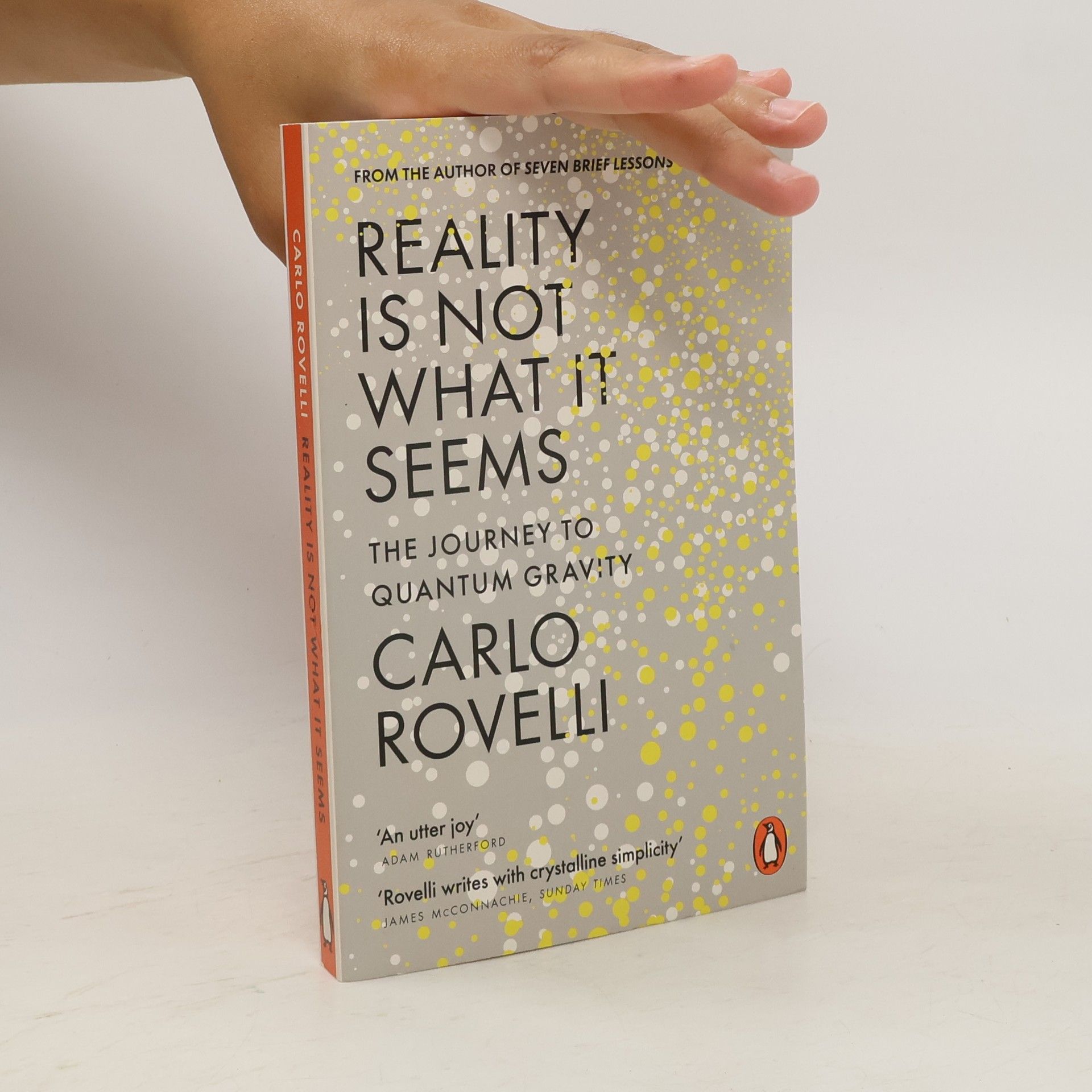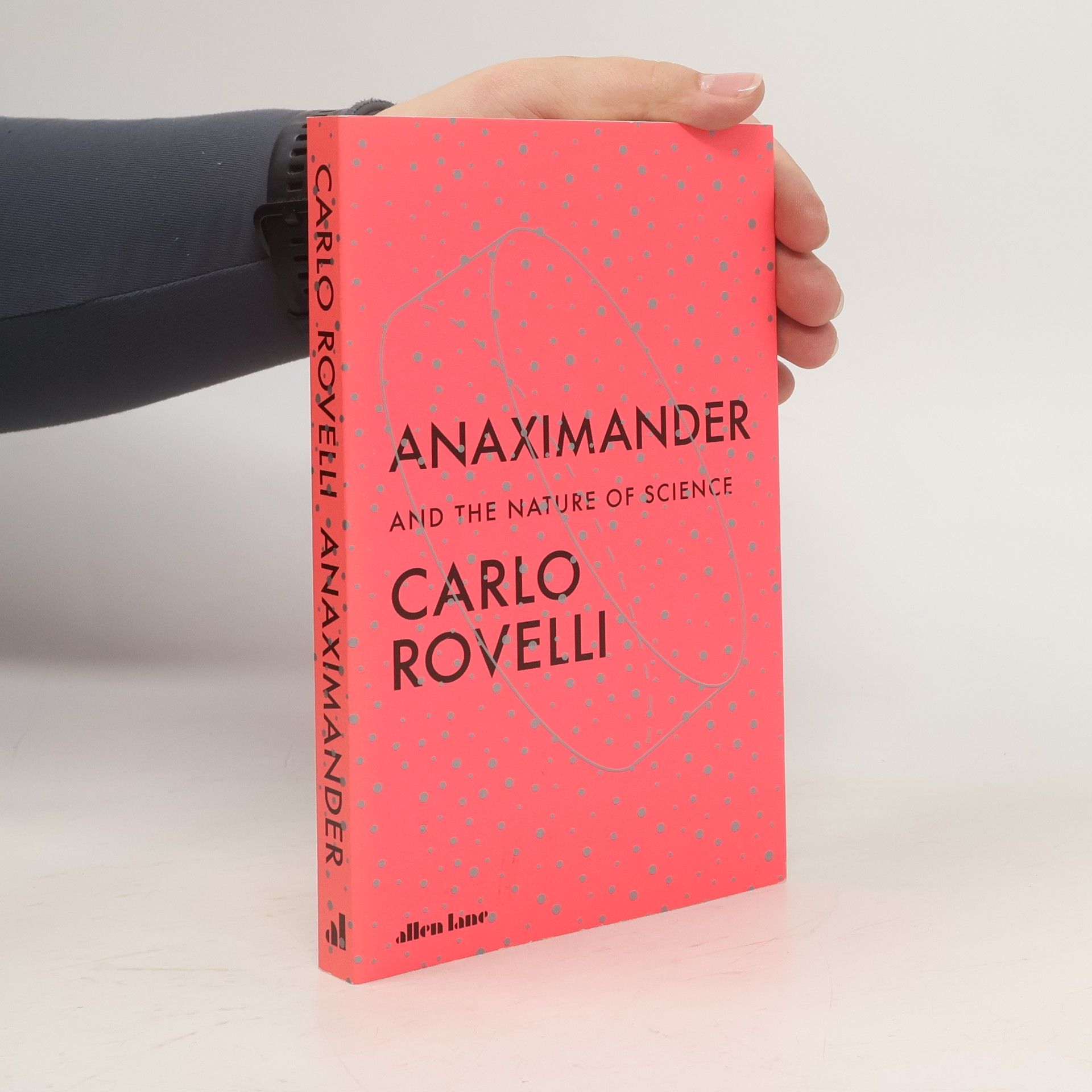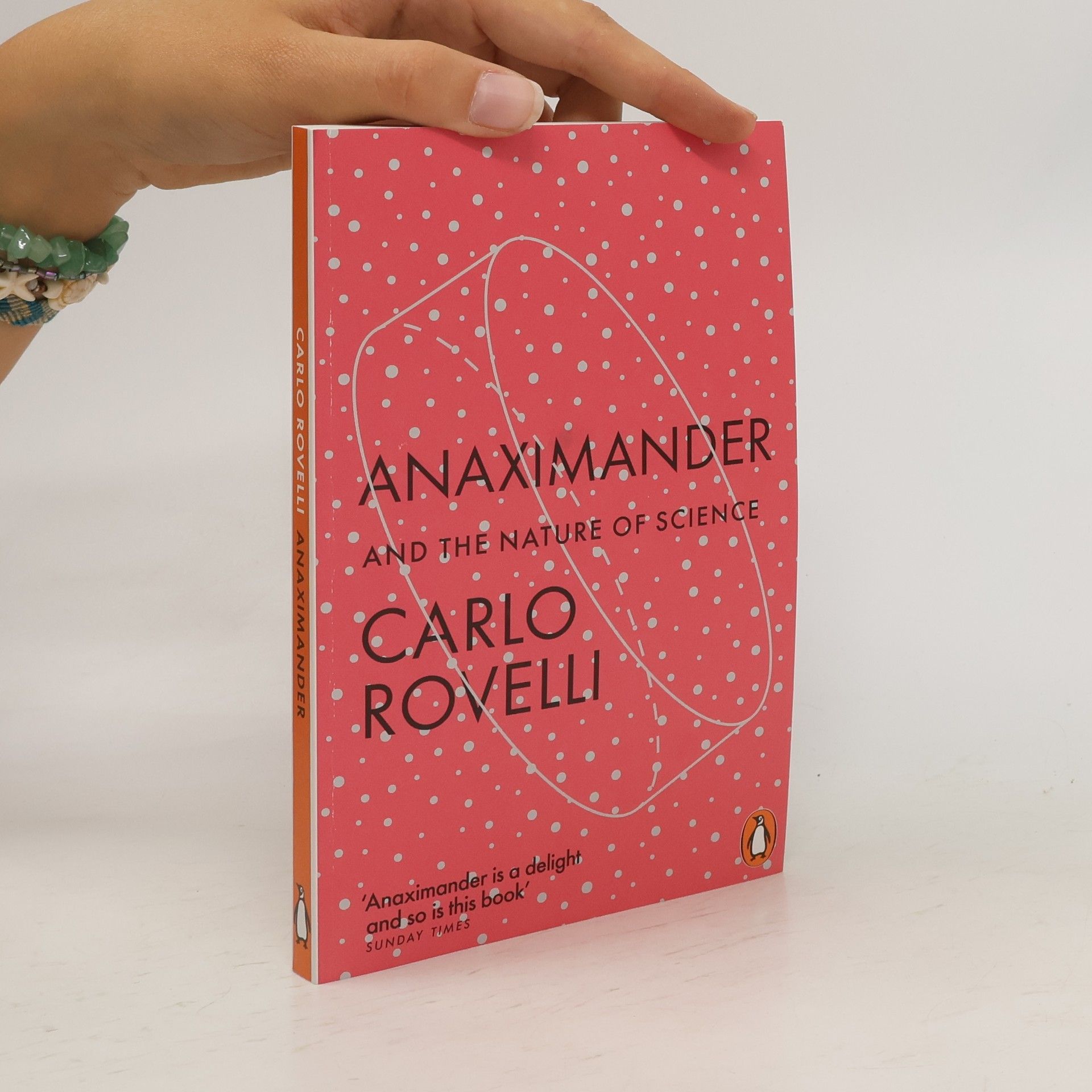¿Qué es el tiempo? ¿Hasta qué punto lo entendemos? ¿Existimos en el tiempo o el tiempo existe en nosotros? ¿Por qué recordamos el pasado y no el futuro? ¿Qué quiere decir que el tiempo «corre»? ¿El pasado está cerrado y el futuro abierto? ¿El tiempo es lineal? ¿Existe de verdad?... Carlo Rovelli, físico cuyo anterior libro -Siete breves lecciones de física, publicado en esta colección- se tradujo a cuarenta idiomas y se convirtió en un sorprendente bestseller internacional, responde a estas y otras preguntas. El tiempo es un misterio no solo para los profanos, sino también para los físicos, que a lo largo de la historia han ido modificando su percepción de él: de Newton a Einstein y a la gravedad cuántica de bucles, en la que el autor es experto. Rovelli aborda el tiempo y sus enigmas con una combinación única de rigor, capacidad divulgativa y bagaje humanístico que le permite incorporar al texto la mitología hindú, el Mahābhārata y a Guillermo de Ockham, Proust, Rilke... El libro se divide en tres partes: la primera aborda lo que a día de hoy sabe la física moderna sobre el tiempo y los cambios radicales que se han producido en torno a algunos temas que se daban por cerrados; la segunda se centra en la gravedad cuántica y aborda la idea de un mundo sin tiempo, mientras que la tercera explora el nacimiento del tiempo y el modo en que lo experimentamos. El resultado es un ensayo esclarecedor y apasionante, que nos da claves -científicas, pero también filosóficas- para entender el misterio del tiempo, un tema central de la física y de nuestra relación con la vida y el universo
Carlo Rovelli Libros
Carlo Rovelli es un físico teórico y escritor italiano cuyo trabajo profundiza en los campos de la gravedad cuántica y la historia y filosofía de la ciencia. Como una figura clave en el desarrollo de la gravedad cuántica de bucles, sus escritos se caracterizan por una profunda exploración de la naturaleza de la realidad y nuestro lugar en ella. Rovelli une magistralmente conceptos científicos complejos con una sensibilidad poética, haciendo que las preguntas fundamentales de la existencia sean accesibles a una amplia audiencia. Contribuye regularmente con ensayos y artículos a importantes periódicos italianos, compartiendo sus ideas con claridad y gracia.







Quantum Gravity
- 488 páginas
- 18 horas de lectura
Focusing on the loop and spinfoam approach to quantum gravity, this 2004 publication serves as a comprehensive resource for graduate students and researchers. It delves into the theoretical frameworks and mathematical foundations essential for understanding this complex field, making it a valuable reference for those exploring the intersection of quantum mechanics and general relativity.
A mesmerizing trip to the strange new world of white holes. Rovelli traces the ongoing adventure of his own cutting-edge research, of the uncertainty and joy of going where we've not yet been
Reality is not what it seems (the journey to quantum gravity)
- 234 páginas
- 9 horas de lectura
What are time and space made of? Where does matter come from? And what exactly is reality? Scientist Carlo Rovelli has spent his life exploring these questions and pushing the boundaries of what we know. Here he explains how our image of the world has changed throughout centuries. From Aristotle to Albert Einstein, Michael Faraday to the Higgs boson, he takes us on a wondrous journey to show us that beyond our ever-changing idea of reality is a whole new world that has yet to be discovered.
General Relativity: The Essentials
- 150 páginas
- 6 horas de lectura
In this short book, renowned theoretical physicist and author Carlo Rovelli gives a straightforward introduction to Einstein's General Relativity, our current theory of gravitation. Focusing on conceptual clarity, he derives all the basic results in the simplest way, taking care to explain the physical, philosophical and mathematical ideas at the heart of "the most beautiful of all scientific theories". Some of the main applications of General Relativity are also explored, for example, black holes, gravitational waves and cosmology, and the book concludes with a brief introduction to quantum gravity. Written by an author well known for the clarity of his presentation of scientific ideas, this concise book will appeal to university students looking to improve their understanding of the principal concepts, as well as science-literate readers who are curious about the real theory of General Relativity, at a level beyond a popular science treatment.
Helgoland is a treeless island in the North Sea where the twenty-three-year-old Werner Heisenberg made the crucial breakthrough for the creation of quantum mechanics, setting off a century of scientific revolution. Full of alarming ideas (ghost waves, distant objects that seem to be magically connected, cats that appear both dead and alive), quantum physics has led to countless discoveries and technological advancements. Today our understanding of the world is based on this theory, yet it is still profoundly mysterious... As scientists and philosophers continue to fiercely debate the meaning of the theory, Rovelli argues that its most unsettling contradictions can be explained by seeing the world as fundamentally made of relationships rather than substances. We and everything around us exist only in our interactions with one another. This bold idea suggests new directions for thinking about the structure of reality and even the nature of consciousness.
Anaximander
- 240 páginas
- 9 horas de lectura
A TLS BOOK OF THE YEAR 'Anaximander is a delight and so is this book' -- James McConnachie, Sunday Times Now widely available in English for the first time, this is Carlo Rovelli's first book: the thrilling story of a little-known man who created one of the greatest intellectual revolutions Over two thousand years ago, one man changed the way we see the world. Since the dawn of civilization, humans had believed in the heavens above and the Earth below. Then, on the Ionian coast, a Greek philosopher named Anaximander set in motion a revolution. He not only conceived that the Earth floats in space, but also that animals evolve, that storms and earthquakes are natural, not supernatural, that the world can be mapped and, above all, that progress is made by the endless search for knowledge. Carlo Rovelli's first book, now widely available in English, tells the origin story of scientific thinking: our rebellious ability to reimagine the world, again and again. Translated by Marion Lignana Rosenberg
THE PHENOMENAL BESTSELLER 'Honestly I cannot recommend it too strongly... one of the fastest selling science titles of all time because it is so clear' Jeremy Vine, BBC Radio 2 'There's a book I've been carrying around like a small Bible, Seven Brief Lessons on Physics' - Benedict Cumberbatch Everything you need to know about modern physics, the universe and your place in the world in seven enlightening lessons These seven short lessons guide us, with simplicity and clarity, through the scientific revolution that shook physics in the twentieth century and still continues to shake us today. In this beautiful and mind-bending introduction to modern physics, Carlo Rovelli explains Einstein's theory of general relativity, quantum mechanics, black holes, the complex architecture of the universe, elementary particles, gravity, and the nature of the mind. In under eighty pages, readers will understand the most transformative scientific discoveries of the twentieth century and what they mean for us. Not since Richard Feynman's celebrated best-seller Six Easy Pieces has physics been so vividly, intelligently and entertainingly revealed.
Recognized as a TLS Book of the Year, this title offers a compelling exploration of its themes, engaging characters, and thought-provoking narrative. The author masterfully weaves intricate plots that challenge perceptions and invite readers to reflect on deeper societal issues. With a unique perspective and captivating prose, the book stands out in its genre, promising an enriching reading experience that resonates long after the final page is turned.
There Are Places in the World Where Rules Are Less Important Than Kindness
- 240 páginas
- 9 horas de lectura
One of the most inspiring and counter-intuitive thinkers of our age, the bestselling author of Seven Brief Lessons on Physics, transforms the way we think about the world with his reflections on science, history and humanity In this collection of writings, the logbook of an intelligence always on the move, Carlo Rovelli follows his curiosity and invites us on a voyage through science, history, philosophy and politics. Written with his usual clarity and wit, these pieces range widely across time and space: from Newton's alchemy to Einstein's mistakes, from Nabokov's butterflies to Dante's cosmology, from travels in Africa to the consciousness of an octopus, from mind-altering psychedelic substances to the meaning of atheism. Charming, pithy and elegant, this book is the perfect gateway to the universe of one of the most influential scientists of our age.



